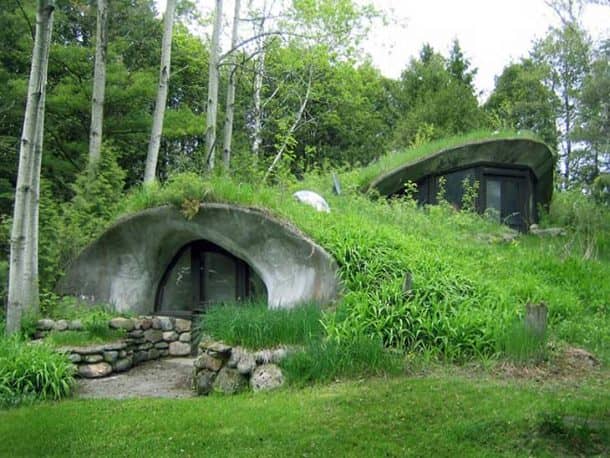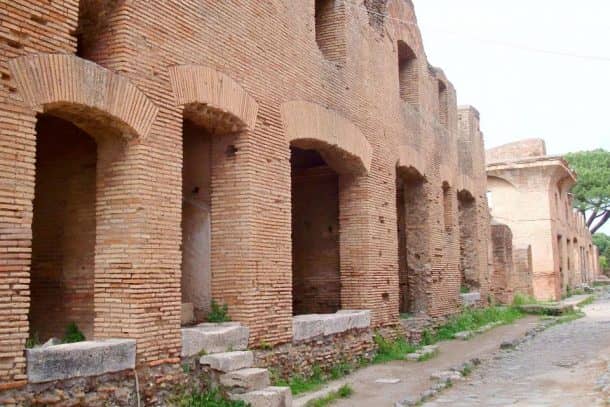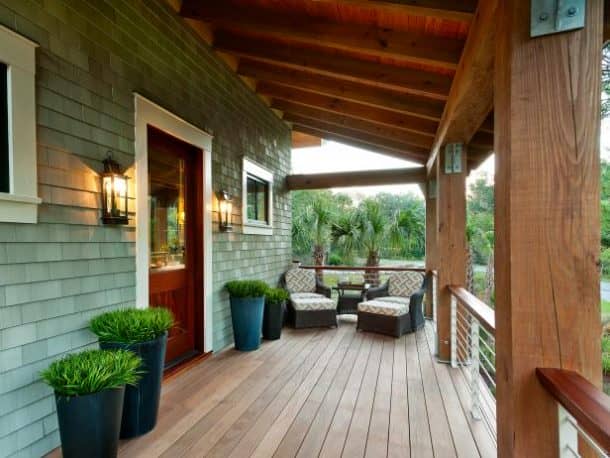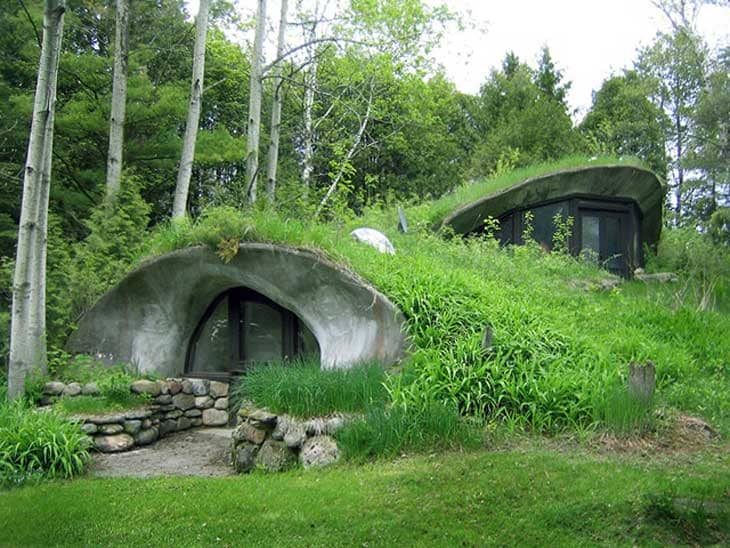If your refrigerator or air conditioner ever breaks down, only then you would be able to imagine a life without these luxuries. Ancient people spent thousands of years without the technology of this sort, and yes, they had pretty ingenious solutions of their own.
Up until the 20th century, the primitive ways of cooling were so expensive that an average person could not afford them. The first fan was introduced for households in the 1900s. The air conditioners were born around the same time, but the purpose was not to keep the homes cool. The initial air conditioning systems were used in industrial quality control, after the construction of the skyscrapers in the cities.
The AC systems were limited to industries. When the World War II subsided, suburban tract housing became a norm in the US that substantially changed the architectural details of the country, inching forward to the mass adoption of air conditioners in homes.
Thousands of years ago, early humans found dozens of ways to keep themselves cool. In ancient Rome, the wealthy had aqueduct systems running through the walls of their homes that kept the premises cold. Emperor Elagabalus took the absurd measures of importing snow from far off places using donkeys and then building a mountain of snow to stay cool during the summers.
There were quite a different ways that were widely used in many parts of the world.
Underground Living
Ever noticed why basements are always cooler than all the floors above? Our ancestors used this smart idea that not only helped them to control the temperature but also added a layer of safety. The same works for cave dwellings; the ready-made homes where ancient humans resided. The temperatures in underground settlements are remarkably stable, calling for entire cities to be built underground. The famous city of Cappadocia in Turkey is the perfect example of such towns.

The high cost of building underground dwellings is due to the labor and not the material itself. Homes are often built on the hillsides or basements where the temperature remains pleasant, even in the peak summer.
Thick Walled Houses
In ancient times, thick walled buildings were made to replicate the effects of Cave dwellings by using local stones or bricks. The thermal mass used to stabilize the internal temperature of the structure.

As stone walls are great heat conductors, they consume a lot of time to absorb it, thus retaining this energy and radiating it later. This is a great idea for summers, but the costs of keeping the house warm in winters will be touching the skies.
High Ceilings and Chimneys
If you have visited historical buildings like forts and castles, you must have noticed the super high ceilings and chimneys. Most of these buildings were erected between 17th and 19th century, as this design provides for internal air convection. Heat gathers at the top while keeping the lower inhibited area relatively cool. Such buildings usually have more than one story so they exploit the stack effect. The heat is vented to the upper portions by using the open stairwells.
Planting Trees
The threat of global warming has forced the people to think seriously about planting the trees. People in the old times used to plant trees to make a dwelling in their shade. A house covered from all sides with luscious trees is much cooler than the one fully exposed to sunlight. In the cold autumns when you need the heat from the sun, the leaves will die out to let the sunlight in.
Sleeping in Porch
Air conditioners have become extremely common in the US and most of the developed world. However, most of the developing countries are deprived of this luxury. In older times, people would spend evenings and even sleep on their front porch to stay cool. People in the underdeveloped world use this method nowadays as well. This was also a great idea for socializing with the neighbors or enjoying the weather with your family.

These various forms of entertainment and luxury that technology has brought us appear very beneficial, but they have destroyed our social lives substantially. No one wants to give up their air conditioner and start living under the ground. The life before this luxury certainly was not as bad as it sounds.
Imagine a day without your beloved AC or fan? Horrible, isn’t it?


